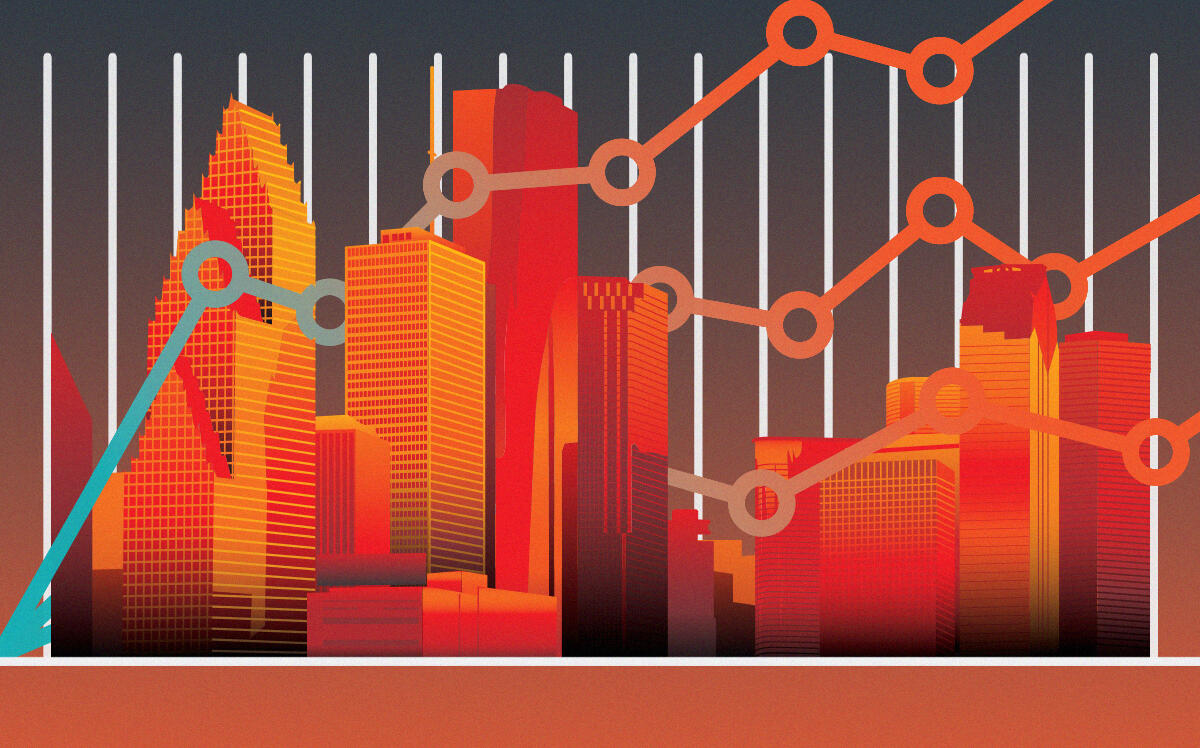Trending
Houston’s home affordability gap is widening
Dwindling home supply fuels prices, hits Blacks and Hispanics most

Houston’s reputation as one of a handful of big American cities with an ample and affordable supply of single-family housing stock may be coming to an end.
The affordability gap, the difference between home prices and what buyers can afford, widened to $38,000 last year and has expanded by $100,000 since 2011, according to a report from Rice University’s Kinder Institute for Urban Research. The reasons may seem familiar: Increased demand, low supply, rising costs and supply chain bottlenecks.
The gap also reflects housing prices themselves: Last year, the median price of a home in Harris County, whose seat is Houston, rose16 percent to $285,000, about twice what a U.S. renter can afford, the report said. In Houston itself, single-family prices jumped about 10 percent to $350,000 in 2021.
Adding to inventory woes, some 40 percent of existing homes sold in 2021 went to investors.
Single-family homes are leading the charge: They made up some 84 percent of sales by volume in Houston last year, according to the report. They have had the shortest median inventory length of all housing types in Houston and Harris County since 2016.
Blacks and Hispanics faced the highest hurdles to buying a home in Houston. They had higher interest rates and more mortgage denials on lower-valued properties. Hispanics will soon become the largest share of home buyers in Harris County and are the only major racial and ethnic group with a growing homeownership rate in both Houston and the U.S. between 2020 and 2021, according to the report.
Low-income renters and communities in flood-prone Houston aren’t faring well, either: Some 65 percent of Harris County’s rental units are located in census tracts prone to natural disasters.
The report was funded by Wells Fargo, which is also an investor in Mynd, one of the largest buyers of single-family homes in the U.S.




